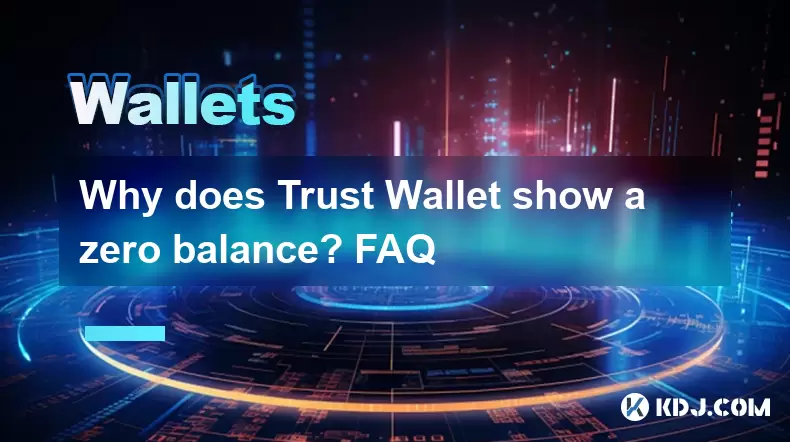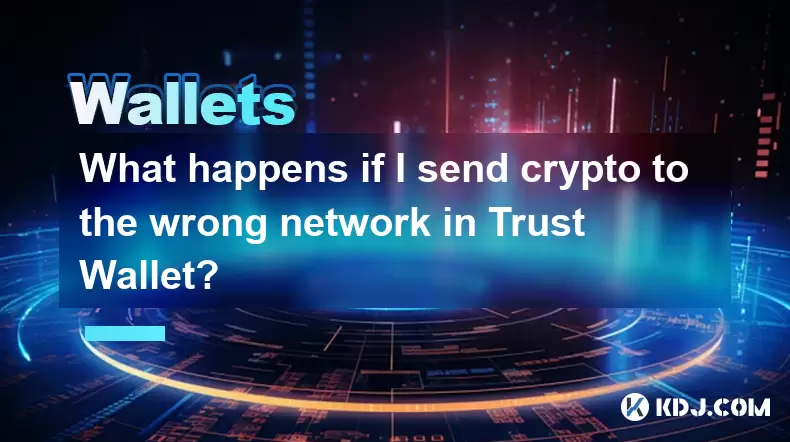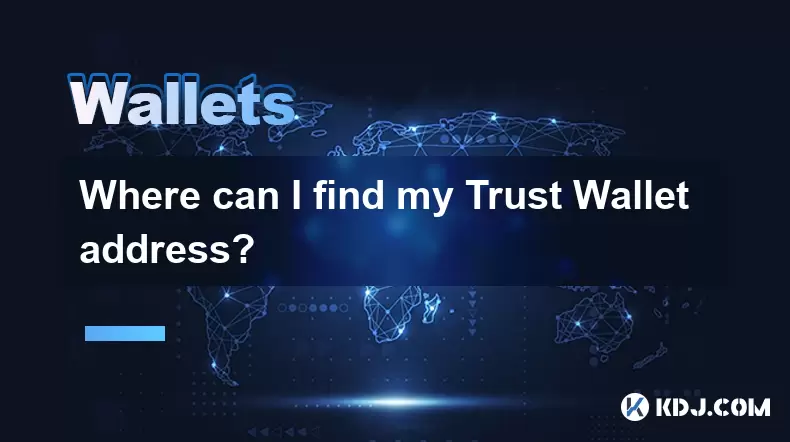-
 Bitcoin
Bitcoin $113000
-1.26% -
 Ethereum
Ethereum $3435
-3.79% -
 XRP
XRP $2.836
-5.53% -
 Tether USDt
Tether USDt $0.9997
0.00% -
 BNB
BNB $746.1
-1.80% -
 Solana
Solana $160.4
-3.48% -
 USDC
USDC $0.9997
0.00% -
 TRON
TRON $0.3206
-1.47% -
 Dogecoin
Dogecoin $0.1936
-6.02% -
 Cardano
Cardano $0.6980
-3.36% -
 Hyperliquid
Hyperliquid $37.28
-2.82% -
 Sui
Sui $3.340
-5.59% -
 Stellar
Stellar $0.3695
-5.87% -
 Chainlink
Chainlink $15.70
-3.74% -
 Bitcoin Cash
Bitcoin Cash $529.2
-2.94% -
 Hedera
Hedera $0.2304
-6.83% -
 Avalanche
Avalanche $21.00
-3.13% -
 Toncoin
Toncoin $3.620
0.53% -
 Ethena USDe
Ethena USDe $1.000
-0.01% -
 UNUS SED LEO
UNUS SED LEO $8.959
0.11% -
 Litecoin
Litecoin $105.0
-0.05% -
 Shiba Inu
Shiba Inu $0.00001185
-2.58% -
 Polkadot
Polkadot $3.495
-2.45% -
 Uniswap
Uniswap $8.808
-2.07% -
 Monero
Monero $292.9
-2.80% -
 Dai
Dai $0.9998
-0.01% -
 Bitget Token
Bitget Token $4.258
-1.43% -
 Pepe
Pepe $0.00001006
-4.02% -
 Cronos
Cronos $0.1273
-5.20% -
 Aave
Aave $250.1
-2.39%
Why does Trust Wallet show a zero balance? FAQ
Trust Wallet may show a zero balance due to network issues, incorrect settings, or synchronization problems; verify your balance using a blockchain explorer.
May 18, 2025 at 01:00 pm

When users encounter a situation where Trust Wallet shows a zero balance, it can be quite alarming and confusing. This issue can arise from several factors, all of which are important to understand and address to ensure the safety and accuracy of your cryptocurrency holdings. Trust Wallet is a popular mobile wallet that supports a wide range of cryptocurrencies, making it essential for users to know how to troubleshoot and resolve balance discrepancies effectively.
Common Reasons for Zero Balance in Trust Wallet
There are several common reasons why Trust Wallet might display a zero balance. Understanding these reasons can help users quickly identify and resolve the issue. The most frequent causes include network issues, incorrect network settings, and problems with wallet synchronization.
Network Issues and Connectivity
One of the primary reasons for a zero balance in Trust Wallet is related to network issues. If your device is not connected to the internet or is experiencing connectivity problems, Trust Wallet may fail to retrieve the latest blockchain data, resulting in a displayed balance of zero. To check and resolve this issue:
- Ensure your device is connected to a stable internet connection.
- Restart the Trust Wallet application to refresh the connection.
- Check if other apps that require internet access are functioning correctly.
Incorrect Network Settings
Another common issue is incorrect network settings. Trust Wallet supports multiple blockchain networks, and if the wrong network is selected, it can lead to a zero balance display. To correct this:
- Open Trust Wallet and navigate to the settings menu.
- Select the wallet that shows a zero balance.
- Ensure the correct network is selected for the cryptocurrency in question. For example, if you are checking your Ethereum balance, make sure the Ethereum network is selected.
Wallet Synchronization Problems
Sometimes, wallet synchronization problems can cause Trust Wallet to show a zero balance. This happens when the wallet fails to sync with the blockchain, resulting in outdated or incomplete data. To resolve this:
- Close and reopen the Trust Wallet app to force a resync.
- Check if there are any updates available for the app and install them if necessary.
- If the problem persists, consider reinstalling the app, but make sure to back up your recovery phrase first.
Incorrect Address or Wallet
Another possibility is that you might be checking the balance of an incorrect address or wallet. Trust Wallet allows users to manage multiple wallets, and it's easy to mistakenly view the balance of an empty or different wallet. To ensure you are checking the correct wallet:
- Open Trust Wallet and go to the wallet list.
- Verify that you are viewing the wallet associated with the address where your funds are stored.
- If you have multiple wallets, switch between them to find the correct one.
Blockchain Explorer Verification
If none of the above solutions work, you can use a blockchain explorer to verify your balance. A blockchain explorer is a tool that allows you to check the balance and transaction history of any address on a specific blockchain. To use a blockchain explorer:
- Find a reliable blockchain explorer for the cryptocurrency you are checking. For example, Etherscan for Ethereum or BlockCypher for Bitcoin.
- Enter your wallet address into the search bar of the blockchain explorer.
- Check the balance displayed on the explorer to see if it matches what you expect.
Additional Troubleshooting Steps
If the problem still persists after trying the above solutions, there are additional steps you can take to troubleshoot the issue. Reinstalling the app can sometimes resolve persistent problems, but it's crucial to back up your recovery phrase before doing so:
- Open Trust Wallet and go to the settings menu.
- Find the option to view your recovery phrase and write it down securely.
- Uninstall the Trust Wallet app from your device.
- Reinstall the app from the official app store.
- Use your recovery phrase to restore your wallet.
Contacting Support
If all else fails, contacting Trust Wallet support can provide further assistance. Trust Wallet has a dedicated support team that can help resolve more complex issues. To reach out to support:
- Visit the Trust Wallet website and navigate to the support section.
- Fill out the support form with detailed information about your issue, including any error messages you've encountered.
- Wait for a response from the support team, which may take some time depending on their workload.
Frequently Asked Questions
Q: Can a zero balance in Trust Wallet mean my funds are lost?
A: No, a zero balance in Trust Wallet does not necessarily mean your funds are lost. It is often a temporary display issue that can be resolved by following the troubleshooting steps mentioned above. Always verify your balance using a blockchain explorer to ensure your funds are safe.
Q: How often should I check my wallet balance in Trust Wallet?
A: It is a good practice to check your wallet balance regularly, especially after transactions. However, there is no need to check it excessively, as the balance should update automatically if your wallet is properly synchronized with the blockchain.
Q: Can I use Trust Wallet on multiple devices?
A: Yes, you can use Trust Wallet on multiple devices. To do this, you will need to use your recovery phrase to restore your wallet on each new device. Make sure to keep your recovery phrase secure and never share it with anyone.
Q: Is it safe to reinstall Trust Wallet if I have a zero balance issue?
A: Yes, it is safe to reinstall Trust Wallet if you are experiencing a zero balance issue, as long as you back up your recovery phrase first. Reinstalling the app can sometimes resolve persistent problems, and you can restore your wallet using the recovery phrase after reinstallation.
Disclaimer:info@kdj.com
The information provided is not trading advice. kdj.com does not assume any responsibility for any investments made based on the information provided in this article. Cryptocurrencies are highly volatile and it is highly recommended that you invest with caution after thorough research!
If you believe that the content used on this website infringes your copyright, please contact us immediately (info@kdj.com) and we will delete it promptly.
- Bitcoin, XRP, and the Price Drop Blues: What's Shakin' in Crypto?
- 2025-08-03 00:30:12
- Cold Wallet, Troncoin, and Shiba Inu: Navigating Crypto Opportunities in the Concrete Jungle
- 2025-08-03 01:51:38
- Crypto Presales: Navigating the Hype with BlockchainFX and Beyond
- 2025-08-03 01:51:39
- Bank of America, Ripple, and RLUSD: A New Era in Digital Finance?
- 2025-08-03 00:30:12
- Bitcoin Strategy: Saylor's Not Hoarding, He's Building an Empire
- 2025-08-02 22:30:12
- Bitcoin Bloodbath: Macro Pressures and Liquidations Unleash Crypto Chaos
- 2025-08-02 22:30:12
Related knowledge

What is a watch-only wallet in Trust Wallet?
Aug 02,2025 at 03:36am
Understanding the Concept of a Watch-Only WalletA watch-only wallet in Trust Wallet allows users to monitor a cryptocurrency address without having ac...

How to switch between networks in Trust Wallet?
Aug 02,2025 at 12:36pm
Understanding Network Switching in Trust WalletSwitching between networks in Trust Wallet allows users to manage assets across different blockchains s...

How to check my full transaction history on Trust Wallet?
Aug 02,2025 at 09:24am
Understanding Transaction History in Trust WalletTrust Wallet is a widely used non-custodial cryptocurrency wallet that supports a broad range of bloc...

Why is my Trust Wallet balance zero?
Aug 02,2025 at 03:49am
Understanding Trust Wallet Balance Display IssuesIf you're seeing a zero balance in your Trust Wallet despite knowing you've previously received or se...

What happens if I send crypto to the wrong network in Trust Wallet?
Aug 02,2025 at 07:22pm
Understanding Network Compatibility in Trust WalletWhen using Trust Wallet, it's essential to understand that different cryptocurrencies operate on di...

Where can I find my Trust Wallet address?
Aug 02,2025 at 06:07pm
Understanding Your Trust Wallet AddressYour Trust Wallet address is a unique identifier that allows others to send you cryptocurrency. It is a string ...

What is a watch-only wallet in Trust Wallet?
Aug 02,2025 at 03:36am
Understanding the Concept of a Watch-Only WalletA watch-only wallet in Trust Wallet allows users to monitor a cryptocurrency address without having ac...

How to switch between networks in Trust Wallet?
Aug 02,2025 at 12:36pm
Understanding Network Switching in Trust WalletSwitching between networks in Trust Wallet allows users to manage assets across different blockchains s...

How to check my full transaction history on Trust Wallet?
Aug 02,2025 at 09:24am
Understanding Transaction History in Trust WalletTrust Wallet is a widely used non-custodial cryptocurrency wallet that supports a broad range of bloc...

Why is my Trust Wallet balance zero?
Aug 02,2025 at 03:49am
Understanding Trust Wallet Balance Display IssuesIf you're seeing a zero balance in your Trust Wallet despite knowing you've previously received or se...

What happens if I send crypto to the wrong network in Trust Wallet?
Aug 02,2025 at 07:22pm
Understanding Network Compatibility in Trust WalletWhen using Trust Wallet, it's essential to understand that different cryptocurrencies operate on di...

Where can I find my Trust Wallet address?
Aug 02,2025 at 06:07pm
Understanding Your Trust Wallet AddressYour Trust Wallet address is a unique identifier that allows others to send you cryptocurrency. It is a string ...
See all articles

























































































